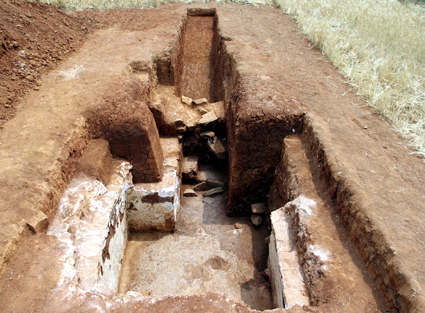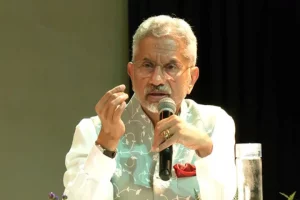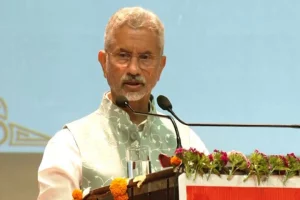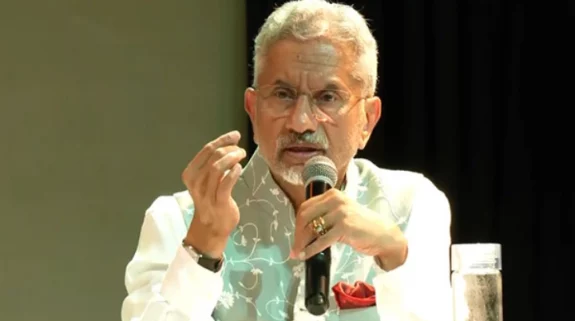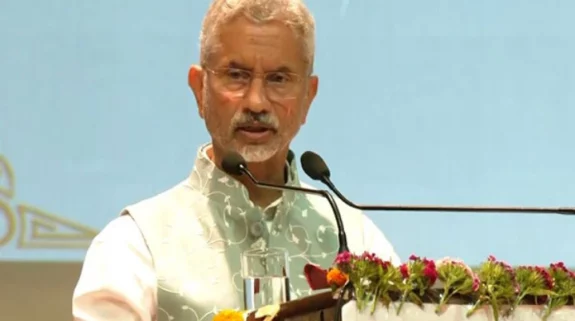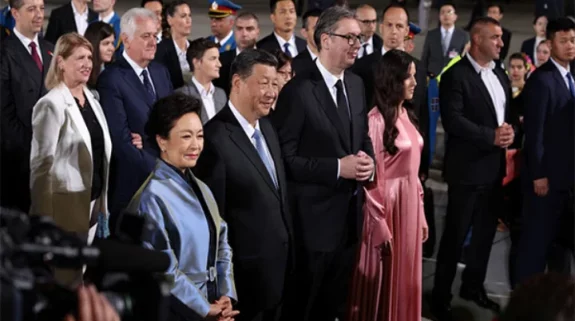North Korea's official Korean Central News Agency (KCNA) has reported that the country's archaeologists have recently discovered historical remains and relics belonging to the ancient and much-acclaimed Koguryo culture. The Koguryo dynasty ruled over parts of northern China and the northern half of the Korean Peninsula from 277 BC to AD 668.
Local archaeologists have excavated historical remains and relics in Wolji-ri of Anak County, South Hwanghae Province in western North Korea.
"According to Dr. Cha Tal Man, the head of an excavating party under the Archaeological Institute of the Academy of Social Sciences recently discovered nine earthen tombs with stone chambers and lots of such relics as gold bell, silver bracelet, silver ring, coffin nails and pieces of earthenware belonging to the Koguryo Kingdom," the state media observed.

Tombs are distributed in a wide area around Wolji-ri seat. Each earthen tomb has one stone chamber and the size of the chambers is 2.3-3.24 meters long and 1.4-2.15 meters wide.
"Each of the tombs consists of a passage and a stone chamber. The passages lie in the center of the south walls or close to the east and the floor of a chamber is covered with clay, charcoal and lime. The walls are piled up with trimmed stones and their surface is coated with lime to a thickness of 1-2 centimeters. On the floor of each chamber is a bier standing in east-west or south-north direction," it added.
The newly discovered tombs and relics are of weighty significance in studying the history and culture of the Koguryo Kingdom that existed for one thousand years.
According to UNESCO, the Koguryo kingdom ruled much of North-East Asia for at least 700 years (in the DPRK, Koguryo is considered to have existed from 277 bce to 688 ce; in the ROK and the PRC from 37 bce to 688 ce), making it one of the longest-ruling and most powerful dynasties of the period.
The vast tomb complexes stretching across the Korean Peninsula and modern-day North-Eastern China, are part of a lasting legacy of the Koguryo empire. The delicate wall paintings and complex architecture are the hallmarks of these tombs, showcasing a highly creative and advanced culture.
Also Read: Emerging after decades, China’s Dragon Man claims to be man’s closest relative
Also Read: China’s Buddhist roots in India run deep
Also Read: Stolen Buddhas return to Afghanistan






